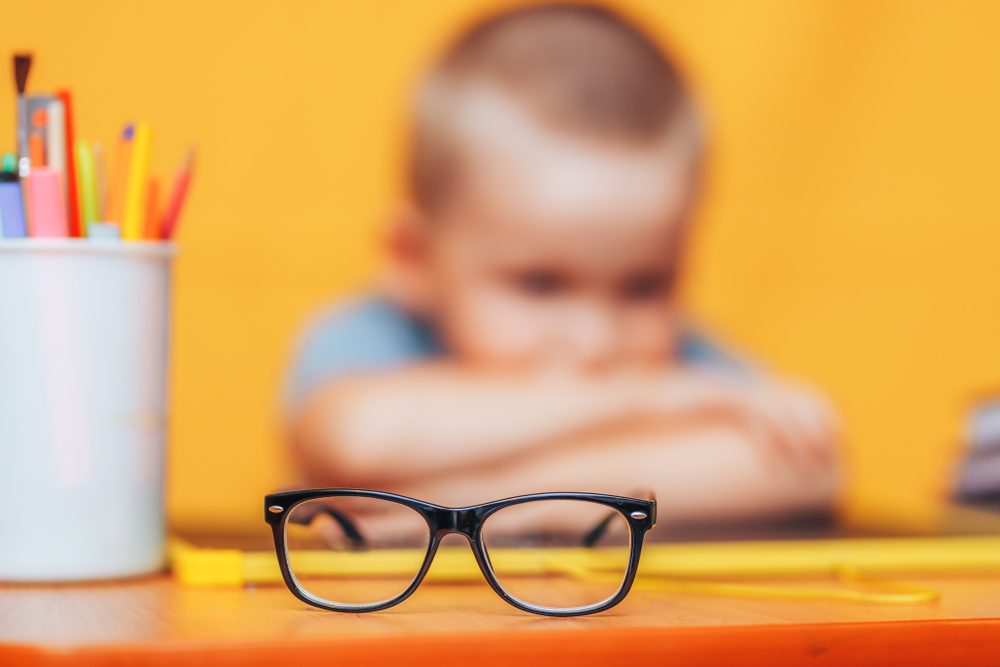
Myopia, or nearsightedness, is a growing concern for families across the world. Today, more children than ever are being diagnosed with myopia, making it one of the most common vision issues among school-aged kids. But what exactly is myopia, and why is it so prevalent in children?
What Is Myopia?
Myopia is a refractive error that causes distant objects to appear blurry while close-up objects remain clear. This happens when the eyeball grows too long, or the cornea is too curved, preventing light from focusing correctly on the retina. As a result, children with myopia may have trouble seeing the whiteboard in class or recognizing people from a distance.
Common Causes and Risk Factors for Myopia
While myopia can affect anyone, certain factors can increase a child’s risk of developing it:
Genetics: Children with one or both parents who have myopia are much more likely to develop the condition themselves. Genetics play a significant role in how the eyes grow and develop.
Environmental Factors: Spending significant time on close-up tasks, like reading, using tablets or smartphones, or doing homework, has been linked to a higher risk of myopia. Modern lifestyles mean kids often spend less time outdoors - a factor shown to increase myopia risk.
Limited Outdoor Time: Studies consistently show that children who spend more time outdoors, exposed to natural sunlight, have a lower risk of developing myopia. The exact reasons aren’t fully understood, but natural light and looking at distant objects appear to help regulate healthy eye growth.
Early Onset: Children who develop myopia at a younger age are more likely to experience a rapid progression of the condition as they grow.
Recognizing the Symptoms
Myopia can be easy to overlook, especially in younger children who may not realize their vision is impaired. Watch for signs such as:
Squinting to see distant objects
Sitting too close to the television or holding devices close to the face
Complaints of headaches or eye strain
Trouble seeing the board at school
Difficulty participating in sports or outdoor activities
If you notice any of these symptoms, it’s important to schedule an eye exam as soon as possible.
The Importance of Regular Pediatric Eye Exams
Early detection of myopia is crucial for protecting your child’s vision and long-term eye health. Regular pediatric eye exams can help catch myopia in its earliest stages, even before your child notices a problem. At Park Optometry, we recommend that children have their eyes examined annually, starting before they enter school.
Early diagnosis also opens the door to myopia management treatments designed to slow the progression of myopia. Options such as specially designed contact lenses, atropine eye drops, or orthokeratology (Ortho-K) lenses can help protect your child’s vision and reduce the risk of complications later in life.
Take the Next Step at Park Optometry
Myopia in children is becoming increasingly common, but with awareness and proactive care, its impact can be managed. Understanding the risk factors, watching for symptoms, and prioritizing regular eye exams are the first steps to keeping your child’s vision healthy.
Schedule a pediatric eye exam at Park Optometry to detect myopia early and discuss personalized myopia management options. Visit our office in Ukiah, California, or call (707) 313-8019 to book an appointment today.




